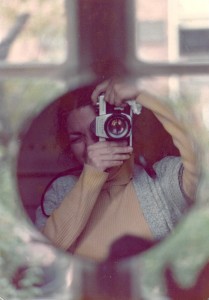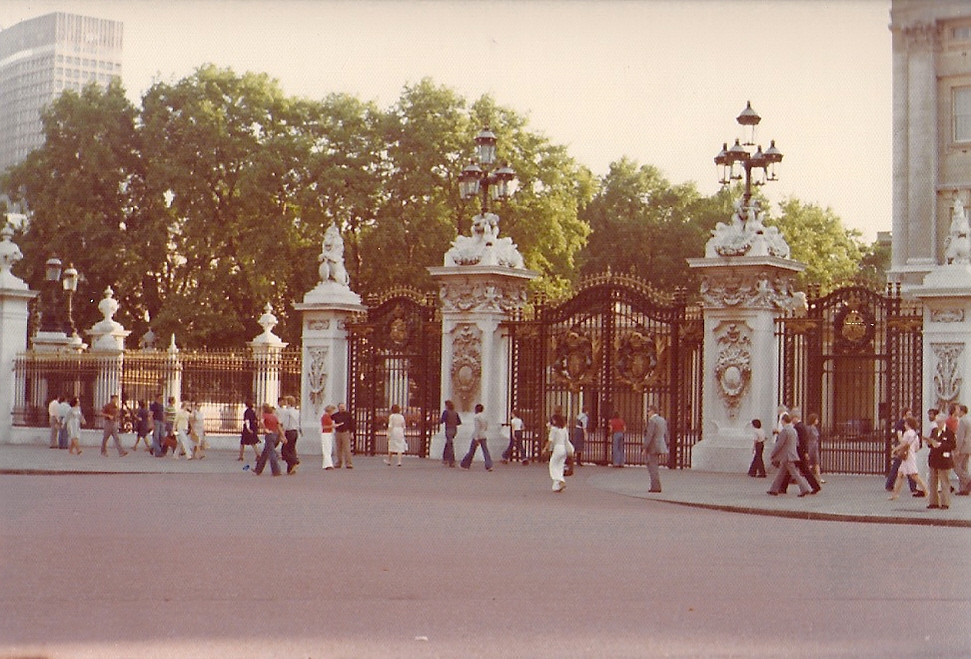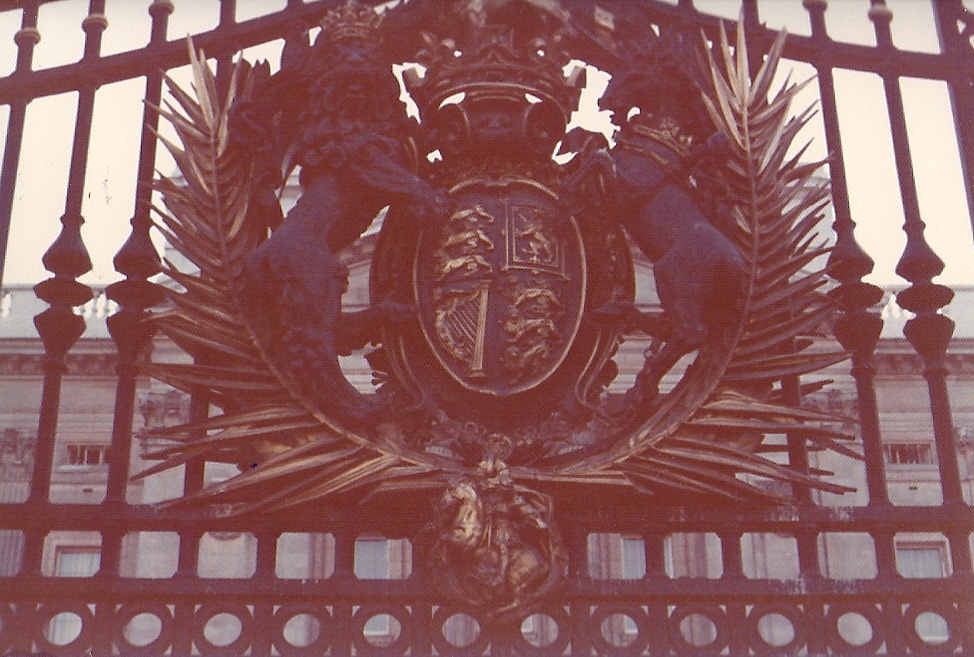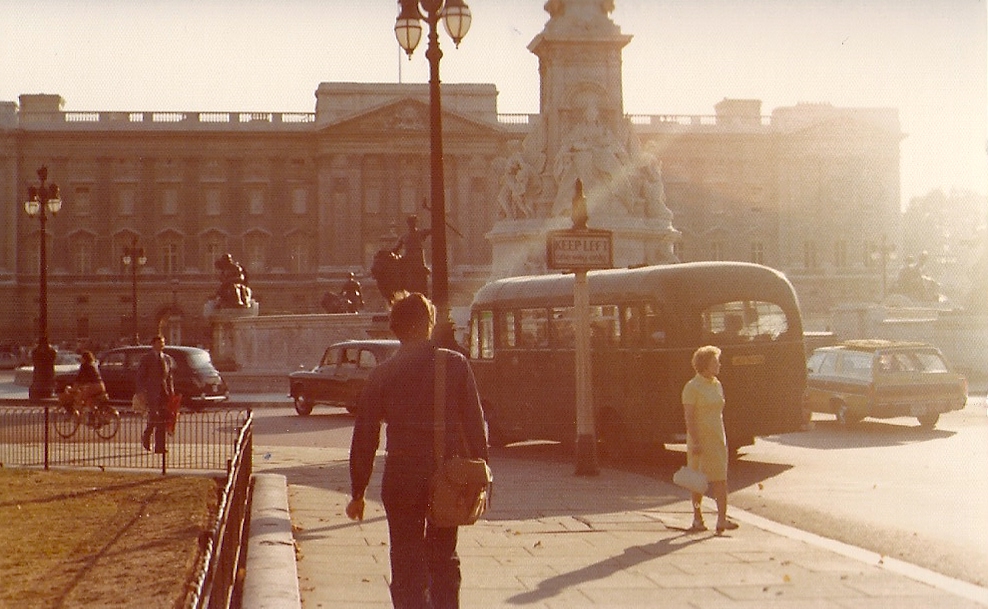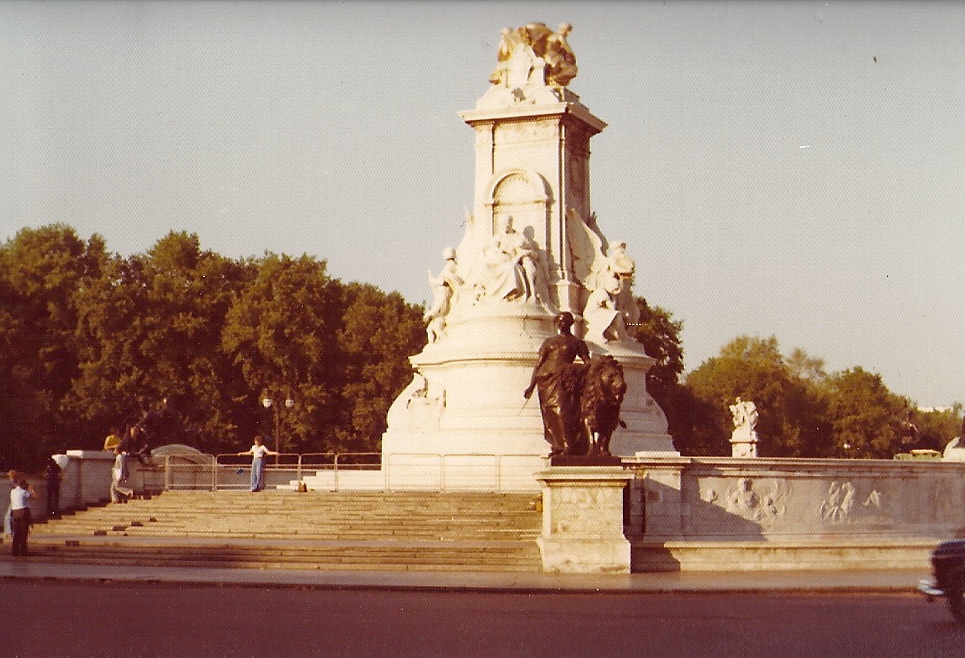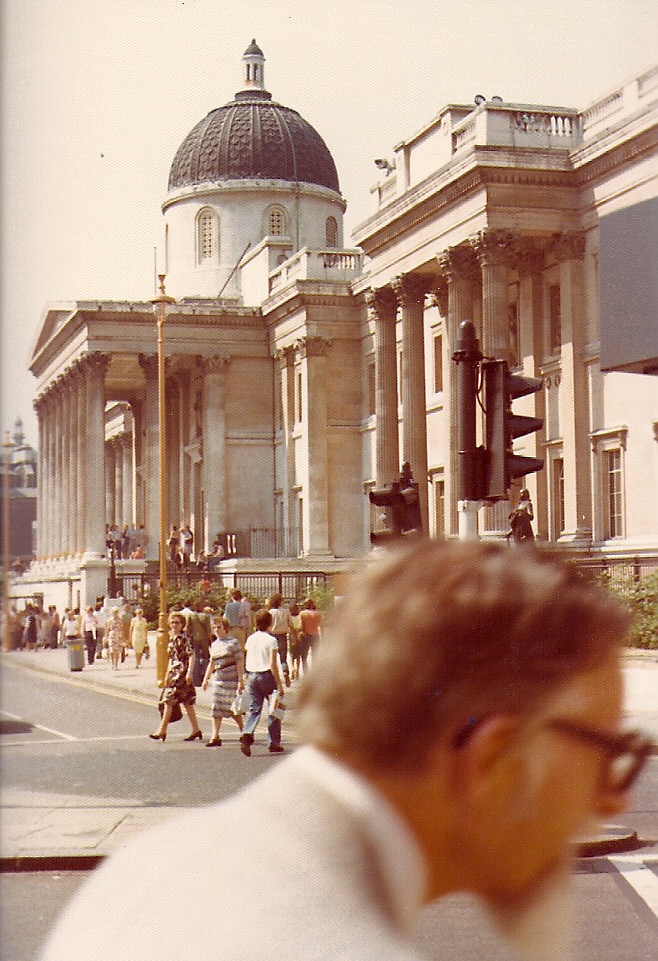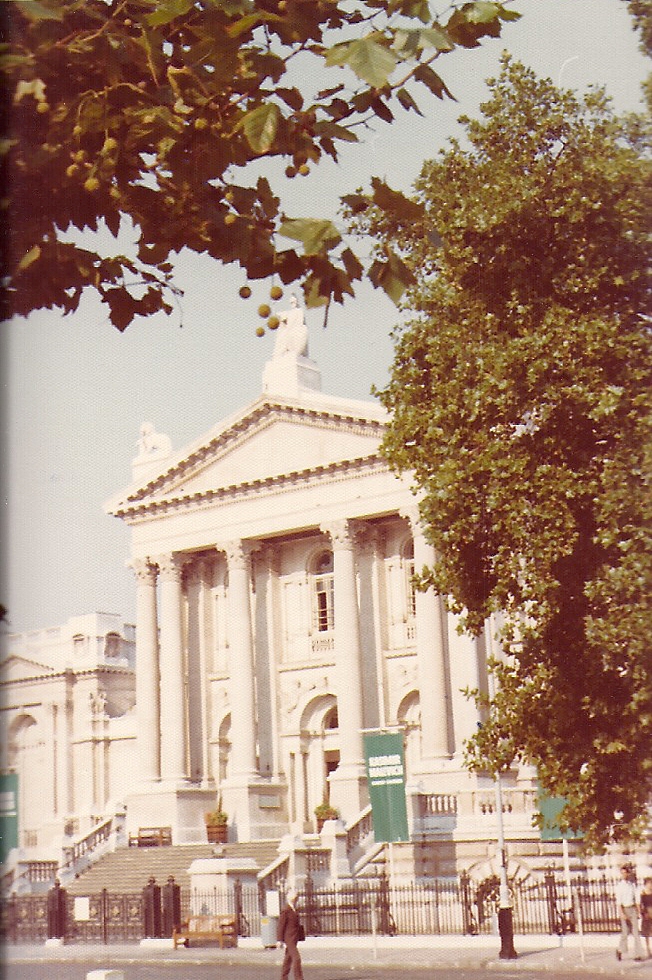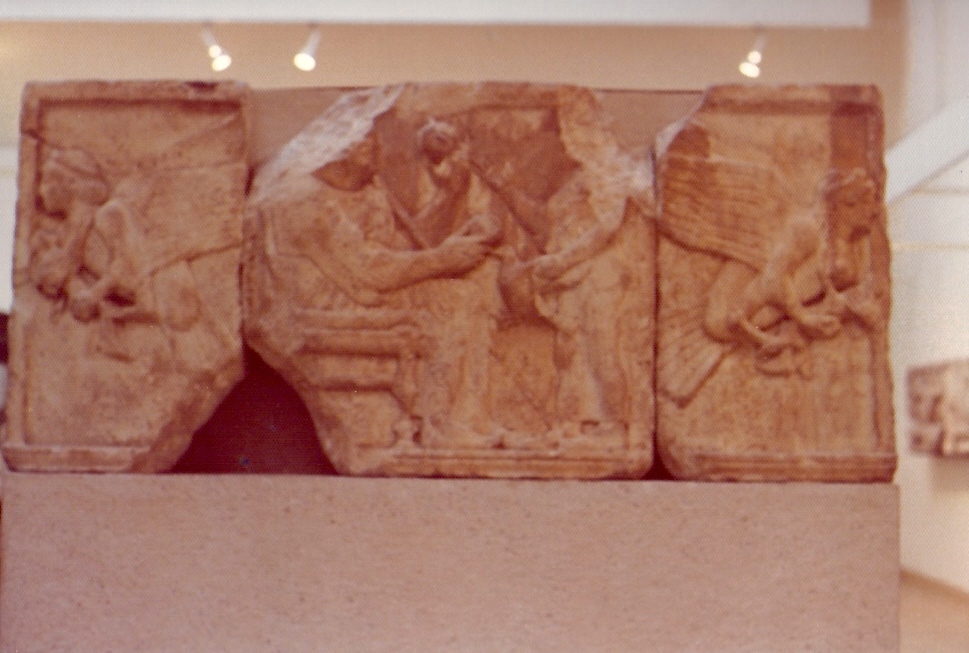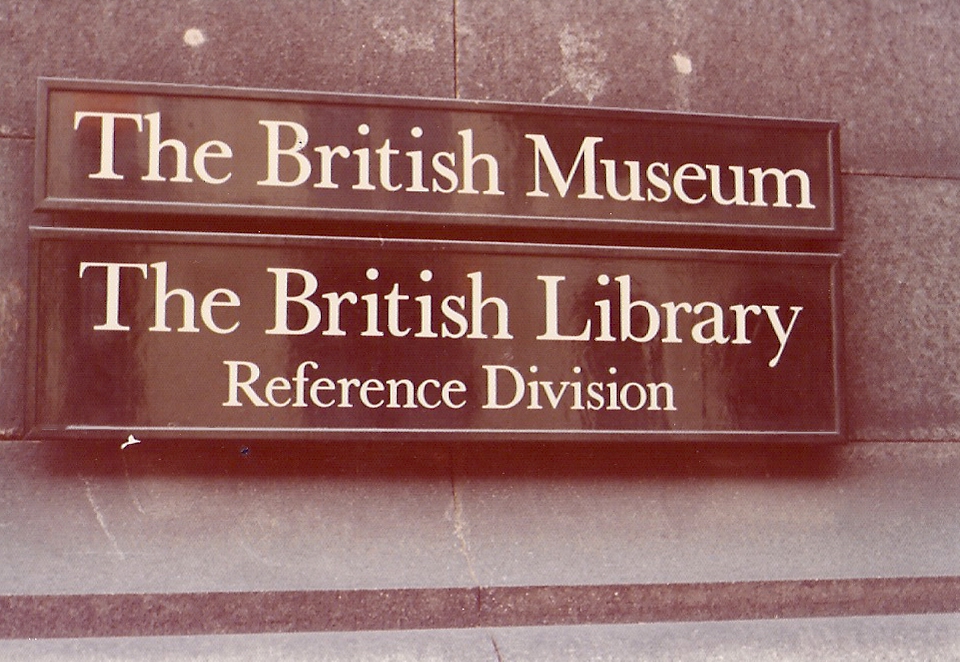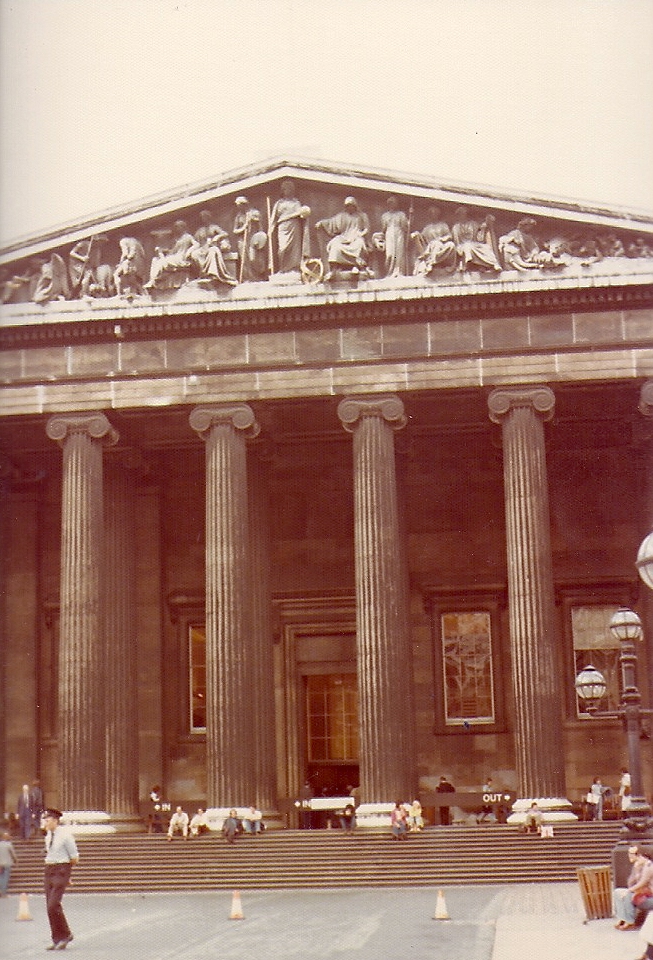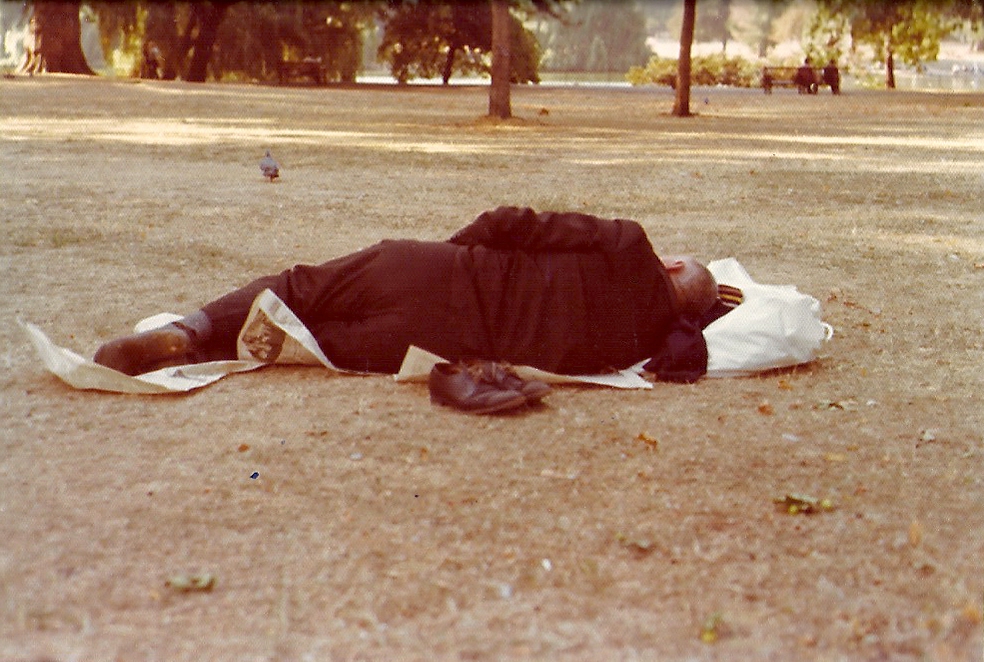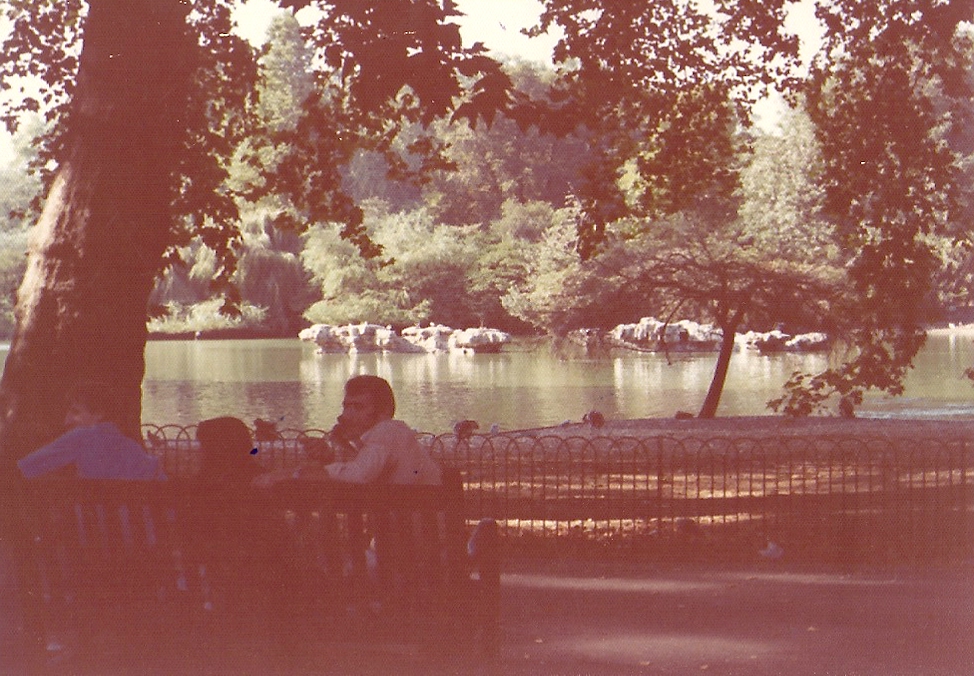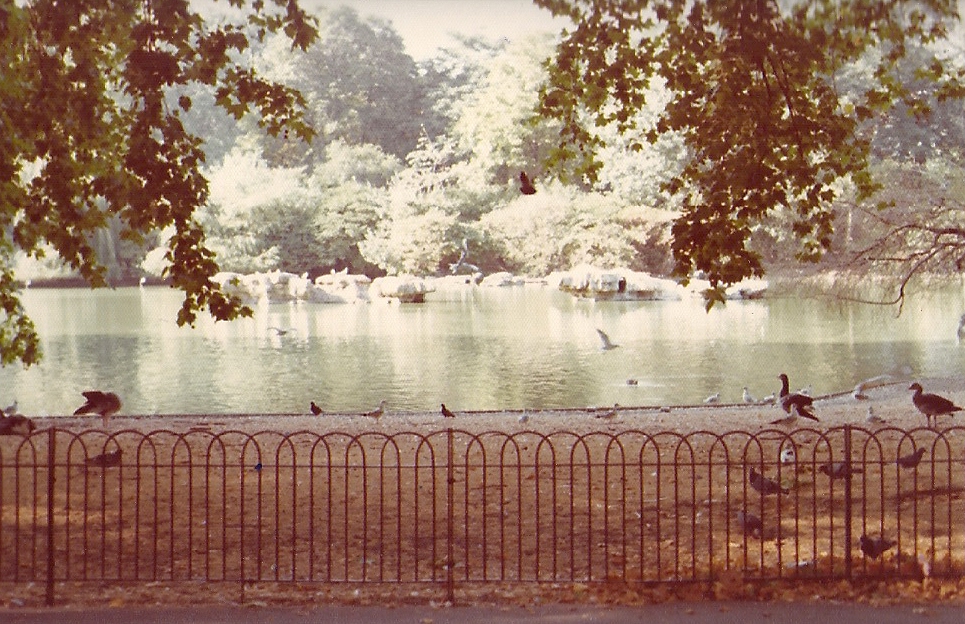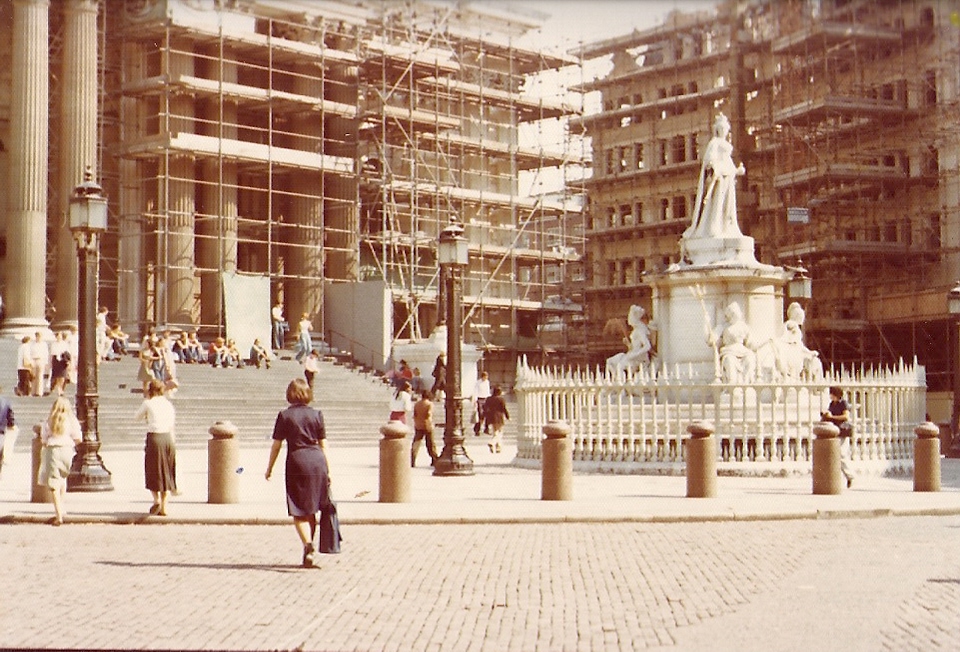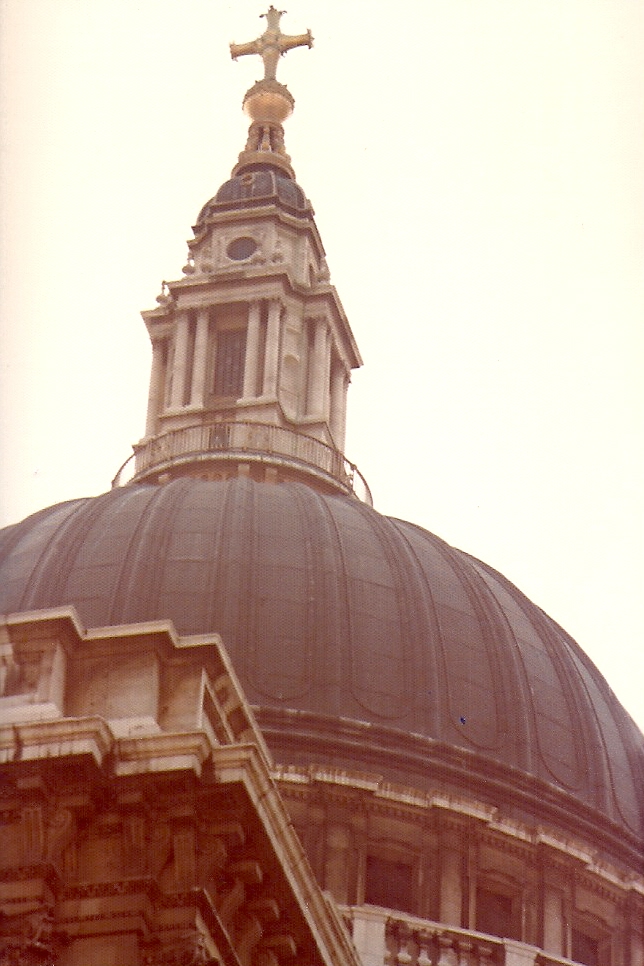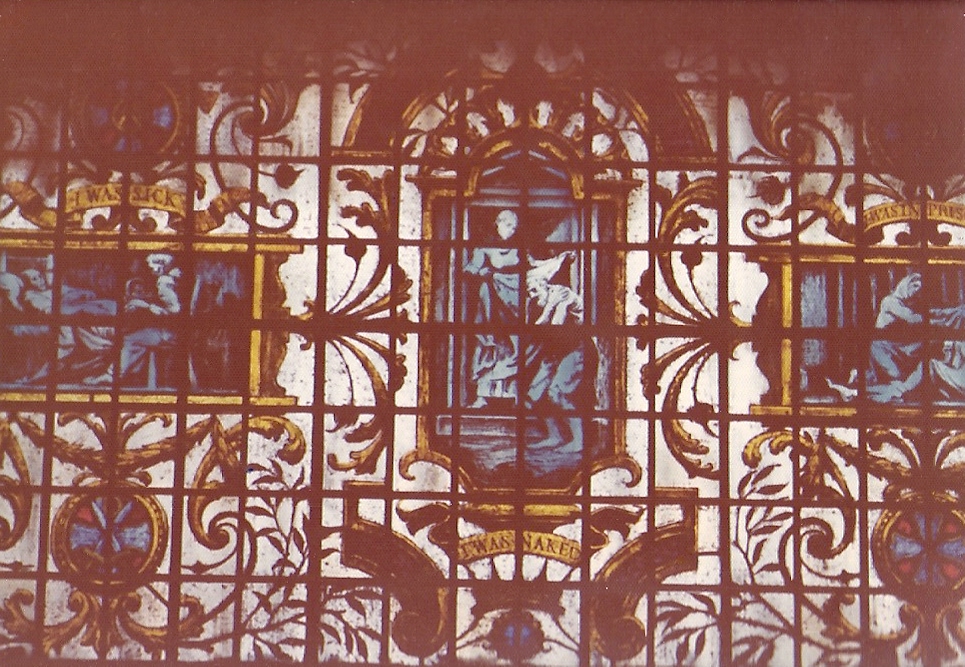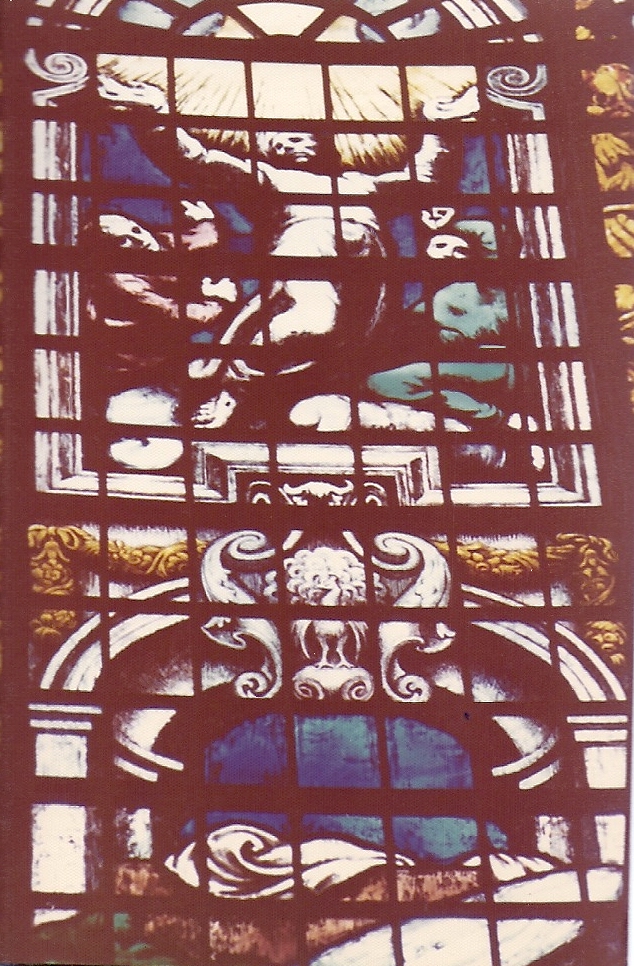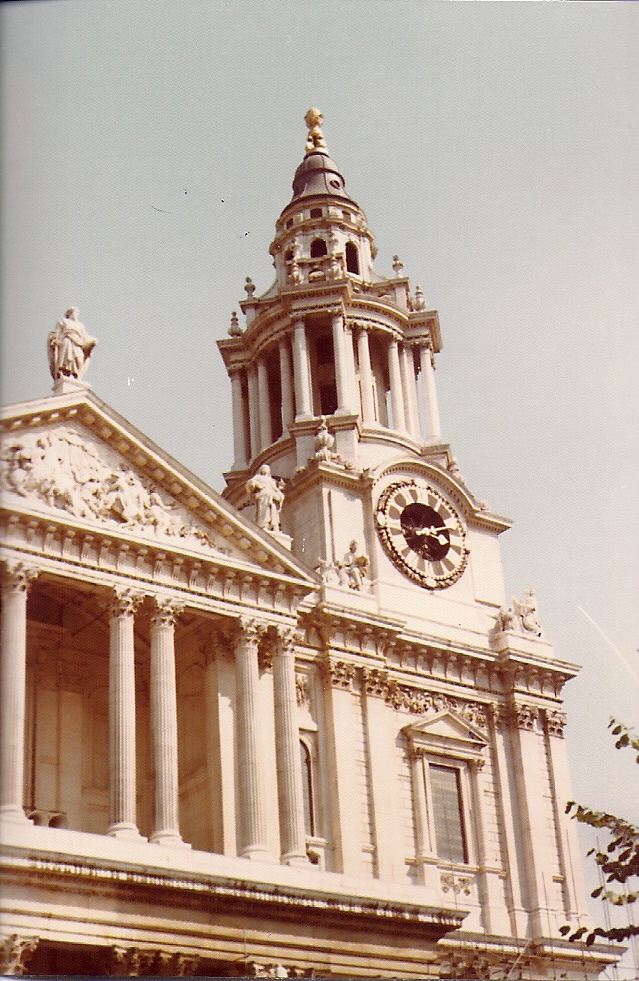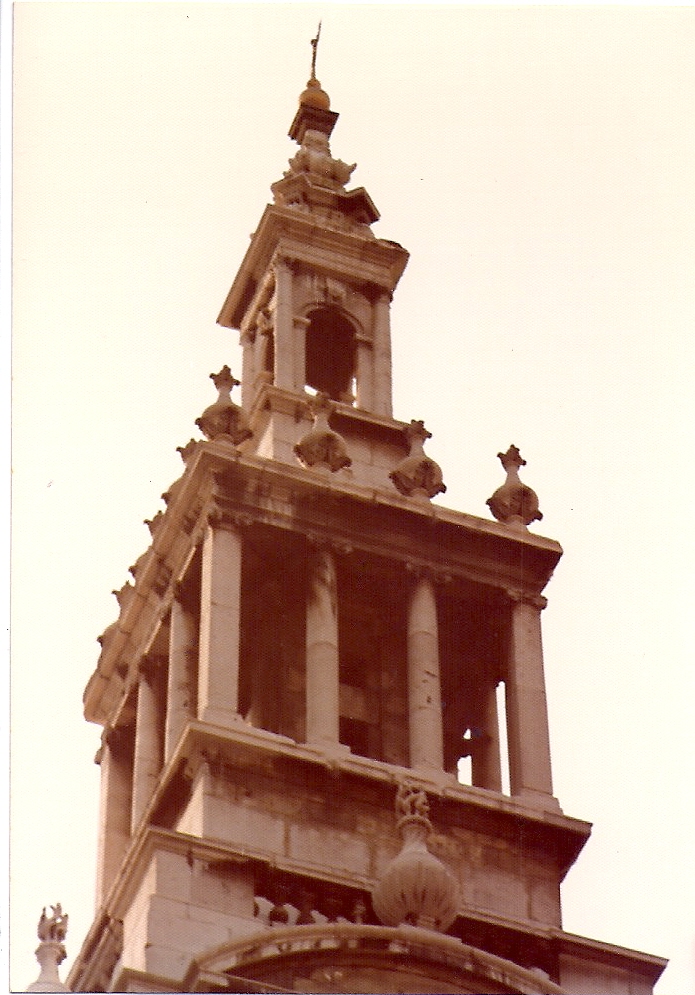In July, 1974, Turkey invaded Cyprus which prompted me to travel to England in 1976. What’s the connection? My aunts, uncles and cousins lived in a hamlet called Harcha (sometimes spelled Hartjia or Hartzia) in northern Cyprus. Turkey invaded from the north and my relatives barely had enough time to flee for their lives. Not everyone from northern Cyprus escaped and many Greeks are still listed as missing (as are Turks and Armenians and others). My relatives found themselves living in refugee camps in their own country.
By 1976, some of them had immigrated to England so I went to visit them. I had lived with them for seven months in 1965 in Harcha so I wanted to see how they were doing.
1976 was a leap year. America was celebrating its Bicentennial (200th birthday) making it ironic that I went to visit the country whose taxation policies led to the American Revolution.
1976 was the year of the Entebbe raid, the discovery of Legionnaire’s Disease, and Jimmy Carter’s election to the presidency. The UK suffered the hottest, driest, sunniest summer of its twentieth century (at least, up to that point).
My friends and I arrived during the waning days of summer (Labor Day added an extra day to our vacation). I spent a week or so in London with my friends; then I went to see my aunts, uncle and cousins in Leigh-on-Sea in Essex. Leigh wasn’t anything like Harcha but it was the real England and that’s where my relatives settled. While we were visiting England other headlining stories occurred:
On Sept. 4, Palestinians hijacked KLM DC-9 on a flight to Cyprus.
On Sept.7, US Courts find George Harrison, formerly of the Beatles, guilty of plagiarism.
On Sep. 9, Chairman Mao Zedong of the People’s Republic of China died of a heart attack.
On Sept. 10, A British Airways Trident and a Yugoslav DC-9 collide near Zagreb, Yugoslavia (present day Zagreb, Croatia) killing all 176 aboard. (The newspapers carried the headline on the day we visited Big Ben, Parliament and Westminster Abbey.)
On Sept. 10, Five Croatian terrorists capture TWA-plane at La Guardia airport, New York.
While we were in England we saw all the major sites in London. Buckingham Palace was first on our list but the Queen was away at Balmoral. That meant that we couldn’t see the rooms normally open to the public. It was disappointing to us; we really wanted to see the interior of the palace.
I loved the British Museum and the Greek antiquities. Back then, we weren’t sensitized to the fact that Lord Elgin stole these ancient works from Greece.
Buckingham Palace has been the official residence of the British kings and queens since 1837. It is also the administrative headquarters of Queen Elizabeth, the Duke of Edinburgh and the immediate royal family. Great royal ceremonies, state visits and investitures are held there.
For more information, visit http://www.royal.gov.uk/TheRoyalResidence/BuckinghamPalace
The Queen Victoria Monument was the work of the sculptor Sir Thomas Brock in 1901 and unveiled in 1901. The Monument stands outside Buckingham Palace.
Established in 1763, the British Museum initially housed Sir Hans Sloan’s art collection. Sir Hans Sloan was a physician and scientist. The museum was first opened to the public on January 15, 1759 and until 1997, also housed a national library. For more information, visit their website www.britishmuseum.org
Saint James Park sits in the middle of a “square” with Buckingham Palace to the left, the Mall to the north, the Horse Guards to the east and Birdcage Walk to the south. Visit www.royalparks.org.uk/parks/St-Jamess-Park for maps and more information.
St. Paul’s Cathedral, an Anglican cathedral, is the seat of the Bishop of London and the “mother church” of the Diocese of London. Saint Mellitus, a monk, founded the original church in 604 A.D. and dedicated it to Paul the Apostle. Designed by Christopher Wren, the present church edifice dates from the 17th century.
www.stpauls.co.uk
NEXT WEEK: Trafalgar Square, Big Ben, Parliament and more…
Below are listed two books on the Decade of Disco Fever:
The 1970s by Tim Healey
The 1970s by Kelly Boyer Sagert

